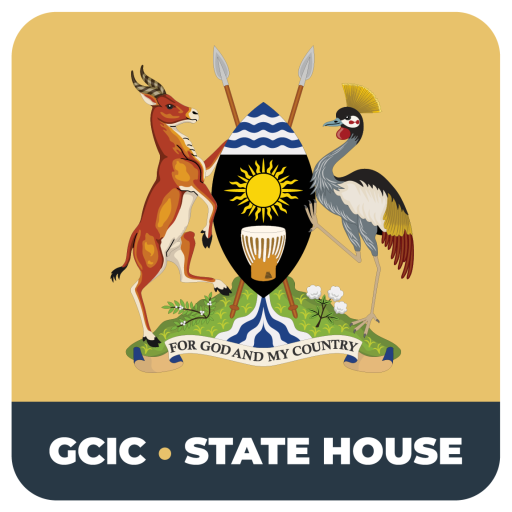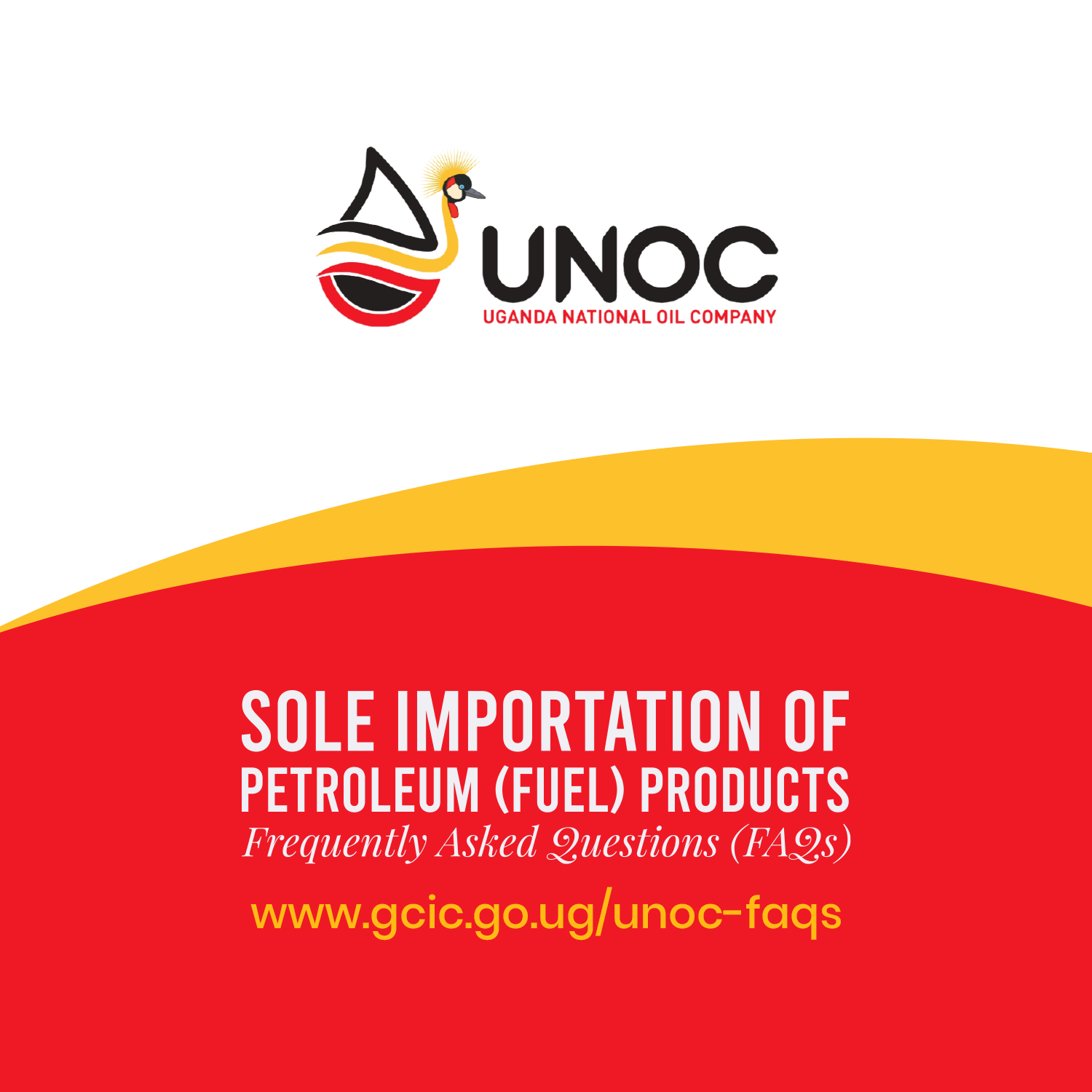Media plays a crucial role in disseminating timely information about pest and disease outbreaks, mobilising the public to take necessary action, and ensuring responsible pesticide use to safeguard the environment. However, if not handled carefully, media coverage can also amplify public anxiety by overstating risks or relying on misinformation rather than scientific evidence. This challenge is often attributed to a lack of scientific communication training among journalists and limited access to credible sources of agricultural information.
Recognising the need for accurate and balanced reporting, the Ministry of Agriculture, Animal Industry, and Fisheries (MAAIF), in collaboration with the Food and Agriculture Organisation (FAO), organised a training workshop for journalists. The workshop, held from March 24th to 25th, 2025, in Jinja City, aimed to equip journalists with essential skills in disease and pest outbreak reporting.
The training was designed to introduce journalists to key concepts and concerns related to pests and diseases in agriculture, provide insights into new and emerging pest and disease threats in Uganda, and enhance journalists’ capacity in agricultural reporting, particularly pest-related topics. It also sought to brief the media on pesticide products, their registration, and withdrawal procedures, familiarise journalists with key international agricultural standards and treaties, and strengthen collaboration between MAAIF and the media fraternity.
Dr. Ivan Lukanda from Makerere University highlighted the importance of communicating about pests and diseases, noting that it helps counter misinformation and quack remedies by providing factual information. He emphasised that effective communication breaks cultural barriers, facilitating the adoption of pest control technologies, enhances public scientific knowledge through descriptions and explanations of pests, and integrates socio-cultural practices into pest and disease control measures. Journalists were trained in the Fundamentals of Science Journalism and Communication in Uganda, ensuring accuracy and reliability in reporting, upholding ethical considerations, engaging in policy advocacy, and monitoring and evaluating the impact of their reports.

Fred Muzira from the Department of Crop Inspection and Certification at MAAIF emphasised the economic significance of agriculture, contributing 24% to Uganda’s GDP and 54% to exports. He explained that the Agricultural Chemicals Control Act governs the registration, use, and disposal of pesticides. Experts also pointed out challenges in pesticide registration, including increasing strictness by international trading partners, conflicting demands in international trade, and high costs associated with newer and safer pesticides.
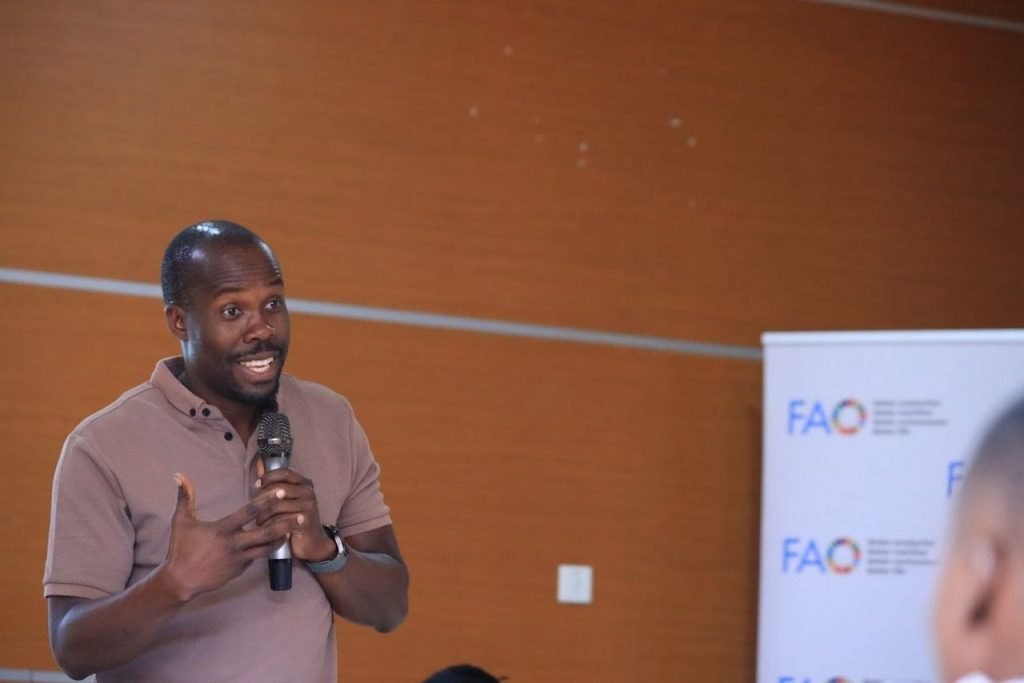
The Senior Agriculture Inspector, MAAIF, Dr. Joab Tugume encouraged journalists to rely on credible sources for pest and disease-related information, both locally and internationally. Some of these include the National Plant Protection Organisation, the Ministry of Agriculture, Animal Industry, and Fisheries, the National Agricultural Research Organisation (NARO), the Food and Agriculture Organisation (FAO), the Centre for Agriculture and Bioscience International (CABI), the BBTV Alliance, and the International Service for Acquisition of Agricultural Biotechnology Applications (ISAAA).
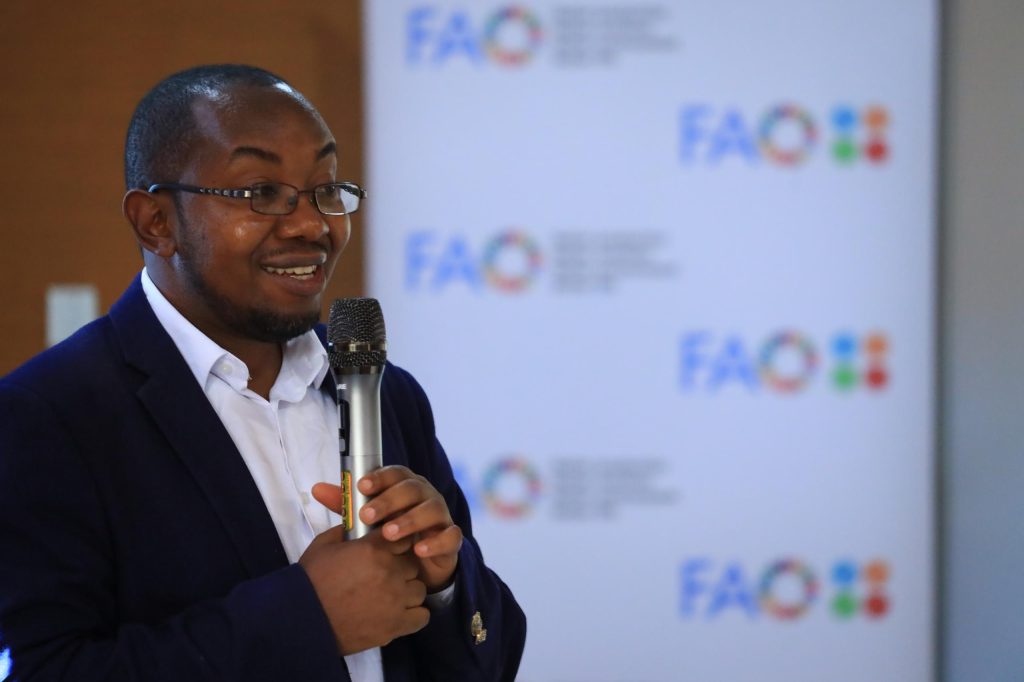
FAO plays a critical role in ensuring global food security by minimising pest-related disruptions, developing early-warning systems to predict and control pest and disease outbreaks, supporting governments in implementing national pest management strategies, and facilitating international collaborations to prevent transboundary pest invasions. The Program Officer, FAO, Martin Ameu emphasised the importance of media collaboration with FAO, noting that it increases public awareness about pest and disease risks, enables faster government responses and international support, and helps farmers adopt preventive measures against outbreaks.
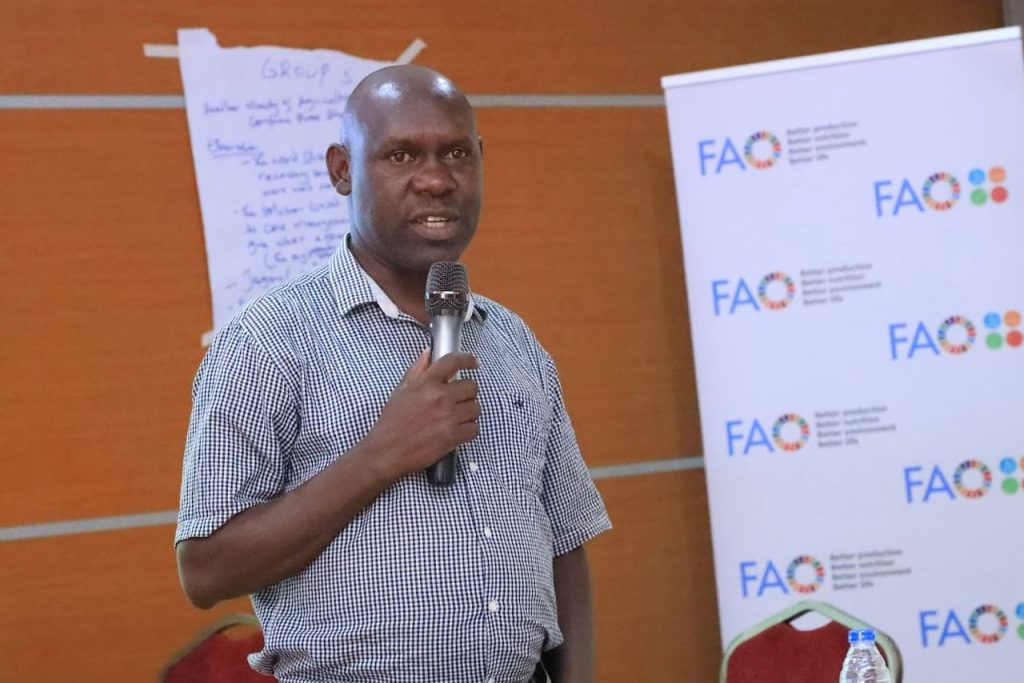
Agather Ayebazibwe, FAO Uganda’s Communication Officer, shared practical tips on interviewing scientists and experts. She advised journalists to prepare ahead of time, ask clear and direct questions, request real-world examples to simplify complex topics, clarify terminology by asking experts to simplify technical language, double-check quotes and statements for accuracy, and allow ample time for interviews.

During discussions, journalists shared the challenges they encounter in reporting about pest and disease outbreaks, including the complexity of scientific information and use of jargon, limited knowledge about pests and their control, misinformation and differing public perceptions, diverse audience needs and expectations, financial constraints, particularly for investigative journalism, and low editorial priority for agricultural stories.
To improve the quality of pest-related journalism, stakeholders recommended establishing expert networks for journalists, ensuring preliminary reporting with follow-up updates, conducting regular science communication training for media personnel, assigning dedicated science reporters within media houses, strengthening fact-checking mechanisms, avoiding panic-inducing and fear-based headlines, respecting affected communities in reports, and acknowledging uncertainty when information is still developing.
By enhancing journalists’ capacity to report on pest and disease outbreaks accurately and responsibly, this training workshop set the stage for more informed public discourse and effective pest management strategies in Uganda. The collaboration between media and agricultural experts will be instrumental in ensuring food security, protecting livelihoods, and mitigating the social and economic impacts of pest outbreaks.


